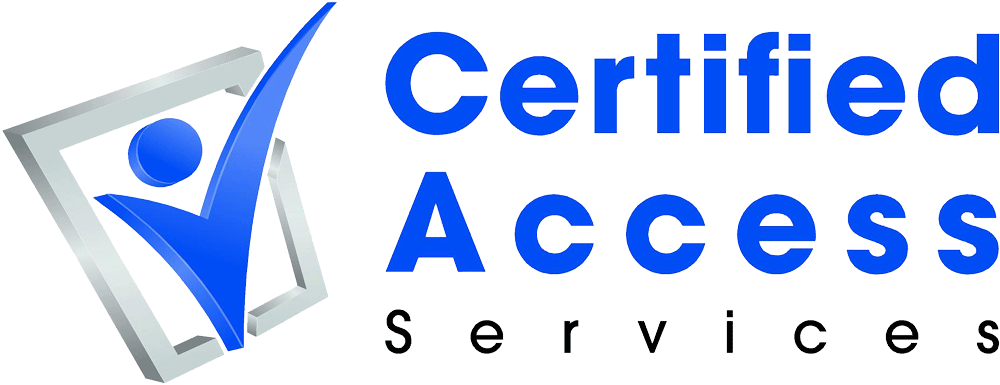Accessible Bar Counters
/More often than not, bar counters at restaurants do not meet the standards for accessible design. The most troubling concern is that new and recently altered bars are often constructed incorrectly. The unfortunate result of poorly designed counters is high exposure to accessibility lawsuits and significant costs to reconstruct the bar correctly.
Take a look at this photo above. This is an example of a very common bar design and yet it is out of compliance. If a serial litigant were to see this bar, they could clearly identify it as a barrier to accessibility without even having to take out a tape measure. The issue derives from the fact that the accessible counter shall be provided with the same viewing experience that is afforded to the general public at the high counter. This means that the lowered counter space shall be designed without any obstruction such as a lip or back splash so that the view behind the counter is unobstructed similar to the non-accessible counter surface. In this example, the view from the low counter is obstructed by a shallow continuation of the high counter top directly above the low counter.
Do I need an accessible bar counter?
YES!
If your facility has a bar or multiple bars, then you are required to provide a portion of the counter that is accessible at each counter.
If you bar does not have any seating (Standing only), you are still required to provide a portion of the counter that is accessible.
If I install a “Flip-up” counter, is my bar accessible?
NO. “Flip-up counters create many compliance issues including:
Assistance needed to deploy
Unequal counter depth
Protruding objects
Unequal experience
We recommend contacting our CASp Experts to evaluate your bar seating and public areas in your restaurant to ensure that you are compliant with the complex federal and state standards that apply to your business.
Click Here to receive a free estimate for a CASp Inspection.

